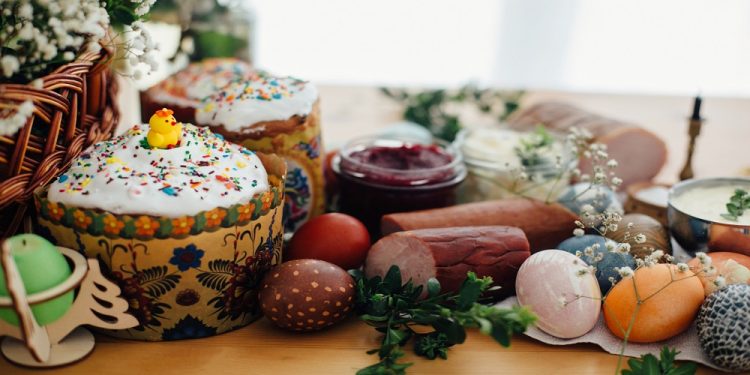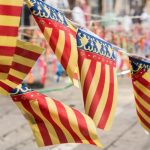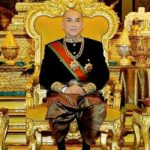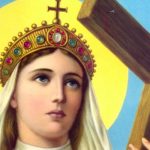
Orthodox Easter
Orthodox Easter is a holiday that celebrates the resurrection of Jesus and is one of the most important traditions in the Orthodox Christian calendar. The buildup to this day in Eastern Orthodox Christianity begins with Great Lent, which is a period of fasting and reflection.
The first day of the Lenten season is Clean Monday and ends on Orthodox Holy Saturday (also known as Lazarus Saturday). On Easter, the fasts will come to an end after services, and the focus of the family will then shift to family and food.
The date on which this holiday occurs is based on the Julian calendar, which places its observance between April 4th and May 8th, after the first full moon following Passover.
The History of Orthodox Easter
As is the case with most Christian traditions, this holiday can be traced back to the early years of Christianity. During this time, Jesus’ apostles traveled to different parts of the world to spread his message. St. Paul traveled to Greece and established a church in Corinth in 51 A.D.
An important tradition of that church, as well as the other churches that would spring up in the Orthodox Christian tradition, was the celebration of Easter. The date of Easter was originally fixed based on a lunar calendar and the arrival of the spring equinox.
This was originally determined by the Council of Nicaea in 325 A.D. All Christian churches followed this date as part of their tradition. This would change during the 16th century when Western churches began to use the Gregorian calendar.
Orthodox churches opted to stick with their own customs and traditions surrounding this holiday, including the date on which it is observed. That’s why the celebration of Easter in the Orthodox tradition occurs on a different date than in Western churches.
Observing Orthodox Easter
Orthodox Easter is a time for reflection, prayer, and celebration. Although Orthodox Easter celebrations may vary from one country to another, there are some common traditions that are observed on this day.
This includes Midnight Liturgy services on Holy Saturday into Easter and services that include the greeting “Christos Anesti!” (Christ is Risen in Greek) or “Khristos Voskrese!” (Christ is Risen in Russian). Another common occurrence in many Orthodox Christian churches is the dyeing of red Easter eggs.
The egg is symbolic of new life and the Resurrection of Christ, and the red color of these eggs symbolizes Christ’s blood. Easter bread is also baked for this holiday. This bread is known as Kulich or Pascha Bread and is decorated with significant religious symbols such as a fish or a symbol of the cross.
These loaves of bread are usually iced as well. Easter baskets are commonly used on this day as well, but not in the way that they are used among secular communities in Western cultures. These baskets of food are brought to the church to be blessed by a priest and may contain eggs, cheese, and bread.
After the blessing of the baskets, many Christians will enjoy traditional foods such as roasted lamb or Tsoureki. Other traditional foods include Magiritsa, red wine, and chicken noodle soup. Everyone observing this holiday can spread the word about it using the hashtag #OrthodoxEaster.








